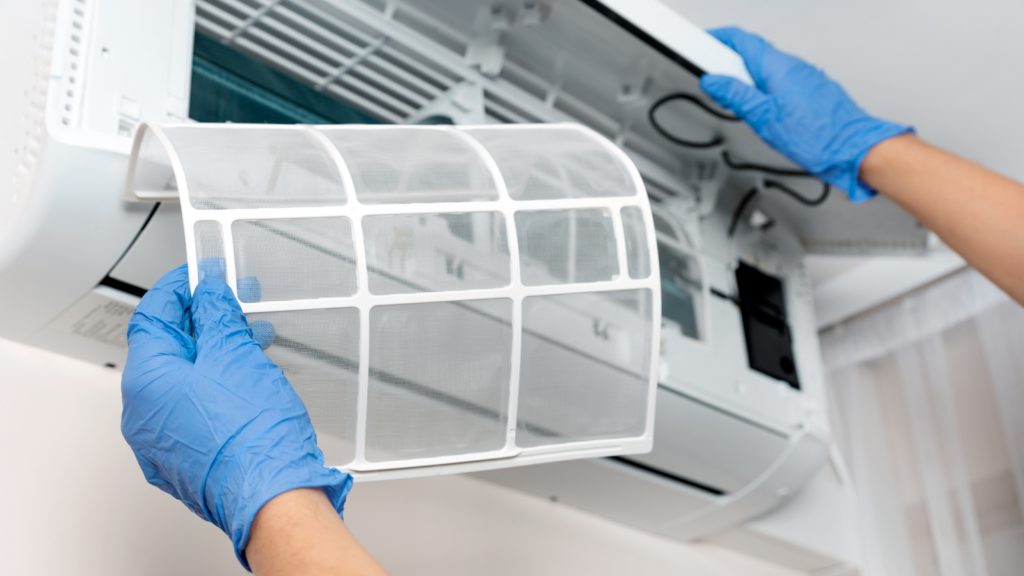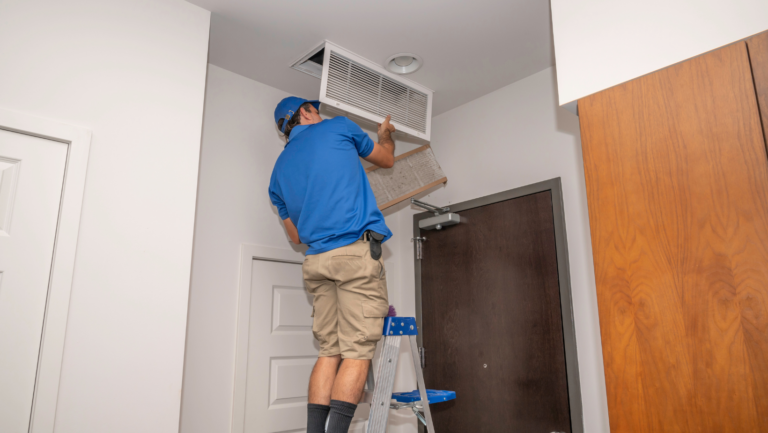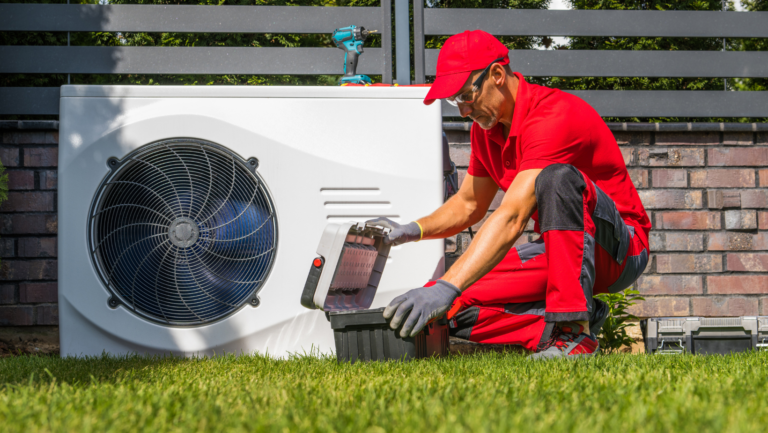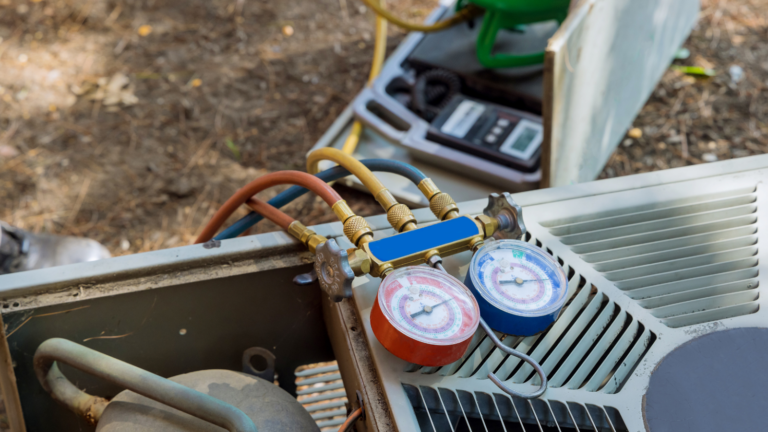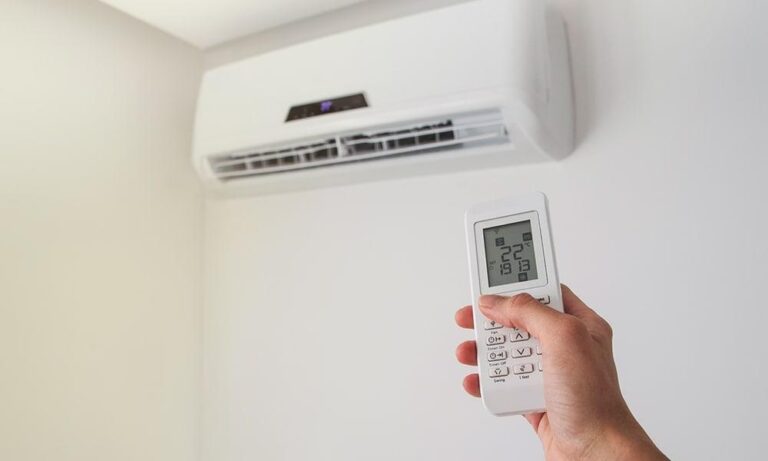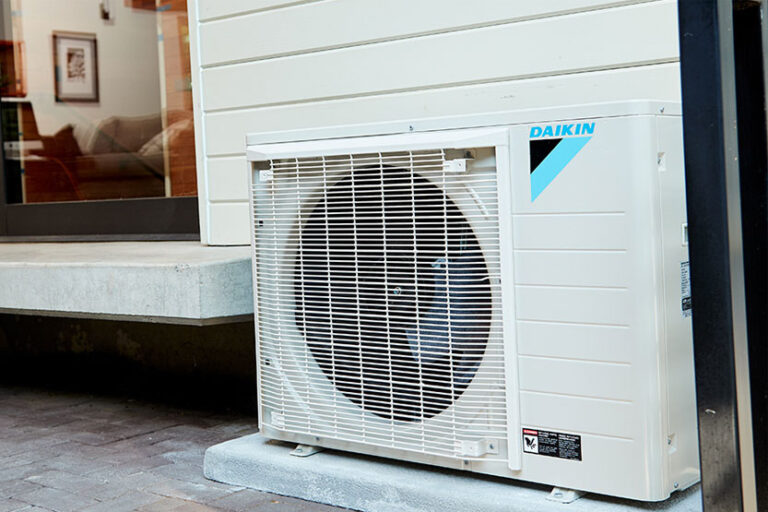Unclogging Your AC Drain Line: A Comprehensive Guide
Maintaining your air conditioning system extends beyond simple thermostat adjustments, with the drainage system often being overlooked. An obstructed AC drain line can lead to reduced cooling efficiency and water damage in your home. This guide emphasizes the AC drain line’s critical role in moisture removal during the cooling process and highlights common signs that it’s time for unclogging.
As your air conditioner cools your space, it also extracts humidity, which condenses into water and should be expelled outside through the drain line. Early identification of clogs is crucial to preventing costly repairs and avoiding water leakage or musty odors around your unit—key indicators of trapped moisture and potential mold growth.
How AC Drain Lines Work
The primary function of an AC system is to remove heat from your indoor space and expel it outdoors. This process involves several key components, including the compressor, condenser coil, expansion valve, and evaporator coil. Together, these components work to absorb heat from the indoor air using a refrigerant, which then gets compressed and released outside, effectively cooling your home. The cycle of cooling involves the refrigerant transitioning between gas and liquid states, efficiently transferring heat from the indoors out.
Role of AC Drain Line in Moisture Removal
The AC drain line is crucial for removing moisture collected during the cooling process. As the indoor air cools, moisture condenses on the evaporator coil and drips into a drain pan. The AC drain line then channels this water away from the indoor environment, preventing excess humidity, potential water damage, and mold growth. Maintaining the AC drain line is essential for the system’s efficiency and the prevention of common issues like clogs, which can lead to water backup and damage.
Identifying a Clogged AC Drain Line
A clogged AC drain line can lead to several problems, including water damage and decreased system efficiency. Knowing how to identify a blockage can help prevent these issues.
Visual Inspection of the AC Unit
Identifying a clogged AC drain line involves regular visual inspections of the unit. Signs of an AC drain line clog, such as water leakage around the unit or beneath the drain pan, musty odors, reduced cooling efficiency, or airflow issues, should not be ignored. Additionally, reduced cooling efficiency or frequent cycling are signs of potential drain line issues. Promptly addressing these symptoms can prevent damage and ensure optimal system performance.
Tools and Materials Required
When it comes to unclogging your Air conditioner drain line, having the right tools and materials at hand is crucial for a successful and hassle-free process.
Addressing a clogged drain line requires a few key tools and materials:
- Wet/Dry Vacuum: Useful for sucking out clogs from the drain line.
- Vinegar or Bleach: These can help clear mildew or algae buildup inside the line.
- Garden Hose: For flushing the line after unclogging.
- Rags and a Bucket: To clean up any spillage during the process.
Having these tools at hand can simplify the unclogging process, making it more efficient and effective.
Safety Precautions to Keep in Mind
Cleaning AC drain line clogs can be dangerous due to potential electrical and chemical hazards. It’s important to take some safety measures to prevent any accidents. Firstly, turn off the AC unit to avoid electrical hazards. Wear gloves and safety glasses to protect yourself from any debris or chemicals. Lastly, make sure the area is well-ventilated when using substances like vinegar or bleach to avoid inhaling fumes. Also, remember to handle cleaning agents with care in well-aired spaces to ensure a secure unclogging effort.
Step-by-Step Unclogging Process
Is the air conditioner not working as efficiently as it should? Follow these steps on how to unclog AC drain line and restore its optimal performance.
Begin by turning off the power to your AC unit at the breaker box to ensure safety from electrical hazards. This step is crucial to prevent any accidents while working on the system.
Locate the drain line, often found near the indoor cooling coil mounted above the furnace in the basement or a utility closet. The drain line is typically a PVC pipe that runs from the indoor unit to the outside of your home.
Next, use a vacuum to suction any debris from the end of the drain line outside your house. For indoor access, if there’s an access point, gently use a stiff wire or a specialized AC drain line brush to remove blockages within the pipe.
After clearing the debris, flush the line with a mixture of water and vinegar or water and bleach to kill any remaining mildew or algae. Pour the solution into the drain line via the access point if available, or use the garden hose for a more forceful flush if needed.
Advanced Unclogging Techniques
When basic cleaning doesn’t cut it, turning to advanced unclogging techniques like using a wet/dry vacuum or a drain auger can make a difference. A wet/dry vacuum provides the suction needed to pull out stubborn debris from the AC drain line. Ensure a tight seal around the drain line’s end when attaching the vacuum hose, possibly using duct tape, and run the vacuum for about a minute.
If the clog persists deeper within the line, a drain auger or snake becomes a handy tool. Gently insert it until you hit the blockage, then twist it to break and remove the debris. These advanced techniques are crucial for tackling more severe blockages, ensuring your AC drain line is thoroughly cleared.
Preventive Maintenance Tips
Preventive maintenance is essential for keeping your air conditioning system efficient and long-lasting. Regularly cleaning the drain line to remove debris and blockages can prevent costly repairs and ensure proper functioning. Installing algaecide tablets in the drain line is another effective measure, helping to ward off algae and mold growth, thus maintaining optimal airflow and extending your system’s lifespan.
Troubleshooting Common Issues
It’s important to troubleshoot common issues within your air conditioning system to ensure its efficiency and that your indoor environment is comfortable. One of the common issues is recurring clogs, which can be caused by debris accumulation, algae growth, or improper installation. Identifying and addressing the root causes can prevent future blockages and ensure that the system drains properly.
Mold and mildew growth can also compromise air quality and system performance. Regular cleaning and disinfecting of the AC drain line, possibly with algaecide tablets or a bleach solution, can help mitigate these issues, keeping the air in your home clean and free from unpleasant odors. Taking these steps to troubleshoot your AC system will not only enhance its performance but also extend its lifespan.
When to Seek Professional Help
It’s important to seek professional help for your air conditioning system to maintain its efficiency and longevity. They have the expertise and specialized tools to diagnose and effectively address complex problems, ensuring that your system runs smoothly and reliably.
Signs Indicating the Need for Professional Assistance
Several signs indicate your AC issues go beyond basic troubleshooting, such as persistent clogs or leaks, unusual noises, or a significant decrease in cooling efficiency. These symptoms often suggest underlying problems that demand specialized knowledge and tools. If you’ve attempted basic maintenance and the problems persist, or if you’re unsure about the cause of the issue, it’s time to call in a professional.
Choosing a Qualified HVAC Technician
When selecting qualified HVAC technicians, several factors are essential to consider. Firstly, certifications such as NATE (North American Technician Excellence) demonstrate a technician’s expertise and dedication to quality service. Additionally, assessing their experience, particularly with systems similar to yours, ensures familiarity with specific requirements and potential issues.
Reading customer reviews and checking references provides valuable insight into reliability and work quality. It’s crucial to verify that the technician is licensed and insured to protect against any mishaps during service. Moreover, consider their approach; a good technician should offer a comprehensive assessment, clear explanations, and preventive maintenance advice rather than just quick fixes.
Importance of Timely Maintenance
Regular maintenance is essential to prevent expensive repairs and ensure the efficient functioning of your air conditioning unit, which in turn keeps your space comfortable. Neglecting the AC drain line can lead to clogs, leaks, mold, and a decrease in cooling efficiency, resulting in costly repairs and damage to your home. Regular maintenance of your AC can improve energy efficiency, extend the system’s life, and create a healthy indoor environment while avoiding issues.
Summary of Key Points
Maintaining the health of your air conditioning system extends far beyond simply adjusting the thermostat. The often-overlooked component, the AC drain line, plays a critical role in ensuring efficient operation and preventing a host of potential issues, from reduced cooling efficiency to water damage and mold growth within your home.
Understanding the significance of the AC drain line and being vigilant for signs of clogging enables proactive measures to prevent potential issues. Regular inspections, cleanings, and utilization of advanced unclogging techniques, along with professional assistance when necessary, are crucial for maintaining the efficiency and longevity of your cooling system.
A well-maintained AC drain line not only optimizes system performance but also fosters a comfortable and healthy indoor environment for your family. By investing in a comprehensive maintenance routine, you can ensure uninterrupted cooling and enjoy peace of mind for years ahead.


